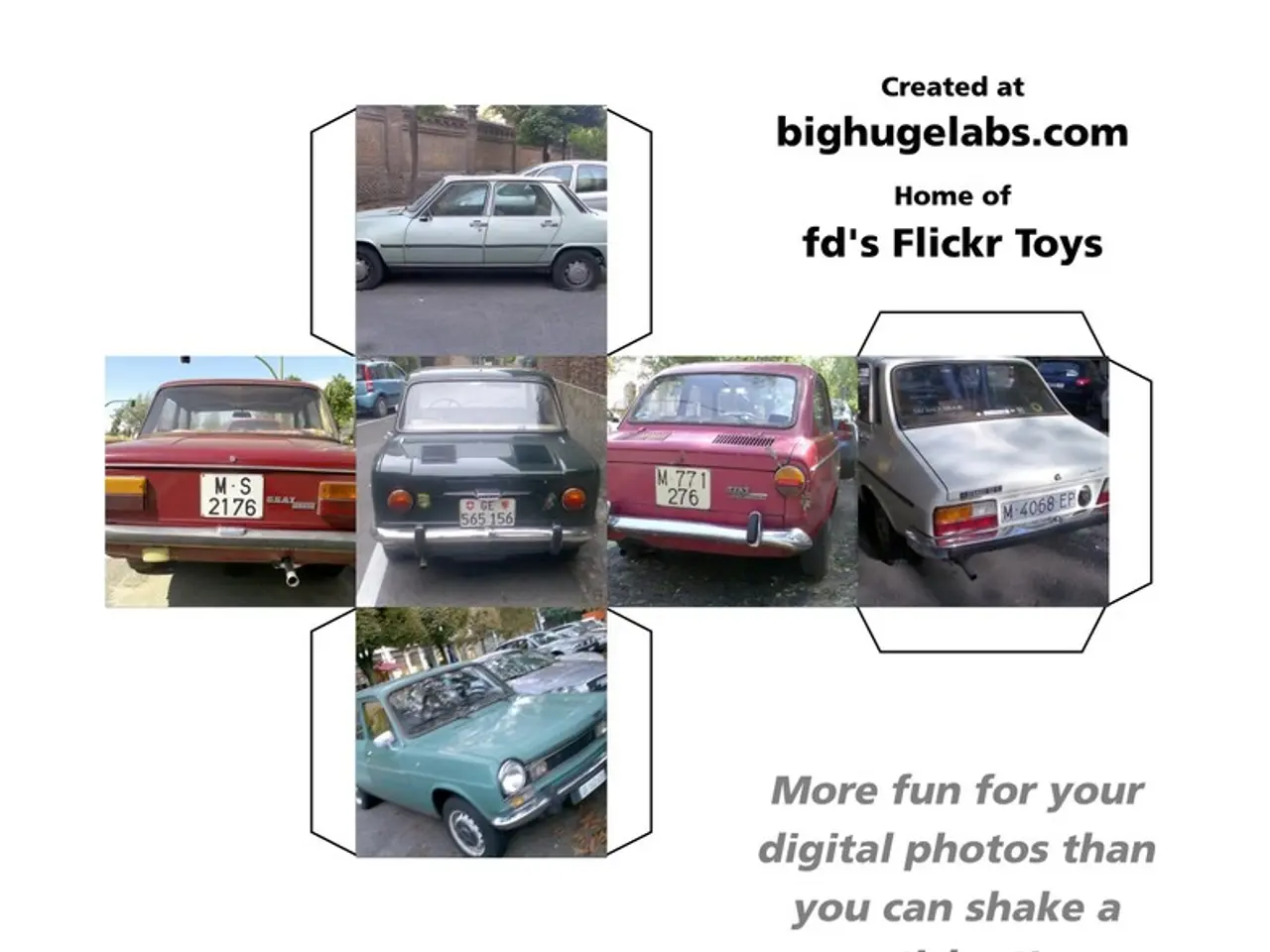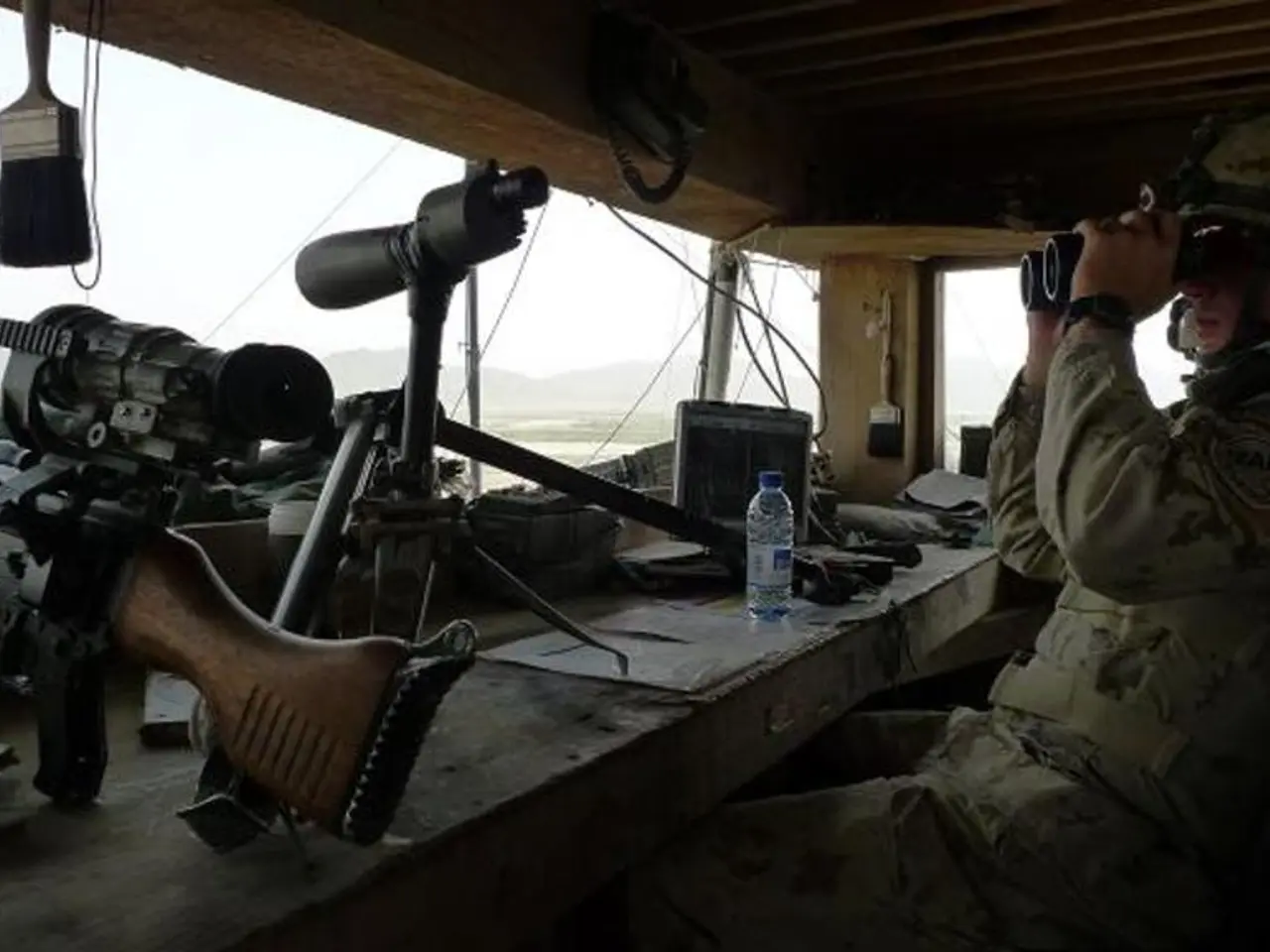U.S.'s Debut of America's First Hands-Free Car, Unveiled and Not Manufactured by Tesla
**Mercedes Introduces First Approved Level 3 Autonomous Drive System in the US**
Mercedes-Benz has made a significant leap in automotive technology with the introduction of its Drive Pilot Level 3 autonomous drive system in the US. This innovative system, available on the S-Class and EQS models later this year, marks a new era in conditional automation.
The Drive Pilot system is designed to operate primarily on pre-mapped, limited-access highways, offering its best performance in high-traffic or traffic-jam scenarios at relatively low speeds, up to around 40 mph (64 km/h). It handles lateral and longitudinal control autonomously, including steering, acceleration, and braking on designated stretches of highway without driver input during its operational domain.
To activate the system, drivers press buttons associated with white lights on the steering wheel, which turn turquoise when the system is active. However, it's essential to note that while Level 3 autonomy allows the driver to take their eyes off the road and not actively monitor the driving environment, the driver must remain ready to intervene when the system requests.
The system's capabilities are underpinned by a variety of sensors and redundancies, including three types of rain sensors, ensuring a good view of its environment. It can also detect siren noises from emergency vehicles and issue a fallback warning if detected, but it cannot be tricked with a YouTube video or other deceptive measures.
The Drive Pilot system operates in well-mapped areas, with good weather, good road conditions, and a lead car available. It is designed to detect lane-splitting motorcycles (legal in California) and move slightly over in the lane to give them more room. However, it will not change lanes, and the driver must be prepared to take control when necessary.
The system requires a subscription, with the first year costing $2,500, but prices for subsequent years have not yet been committed to. The initial coverage area includes Los Angeles, San Francisco and the Bay Area, Sacramento, San Diego, Las Vegas, and the freeways in between these big cities. A map showing its coverage area will be available from Mercedes soon.
While the system offers a significant step forward in autonomous driving, it's crucial to remember that drivers must always be alert and responsible for the vehicle. The system issues fallback warnings when conditions end (like rain starting, sunset happening, etc.), the fallback driver is no longer deemed present, or an abnormal intrusion occurs onto the road (pedestrians, emergency vehicles, construction zone, etc.).
This cautious approach to autonomous driving balances technological capability with legal and safety requirements under current regulations. The system's operational conditions, driver supervision and readiness, liability, environmental limitations, certification, and location all contribute to its unique position in the automotive market.
- The introduction of Mercedes-Benz's Drive Pilot system signifies a shift towards electric vehicles, as the autonomous drive system will be available on the EQS models, contributing to the growth of green energy in the transportation industry.
- The finance sector plays a significant role in the advancement of technology in the automotive industry, with the Drive Pilot system requiring a subscription, indicating the increasing integration of subscription-based models in the lifestyle of car owners.
- The technology behind the Drive Pilot system is designed to enhance safety on highways, as it can detect siren noises from emergency vehicles and move slightly over to give lane-splitting motorcycles more room, demonstrating the potential benefits of this technology on cars and other vehicles.
- The introduction of Level 3 autonomous drive system in the US is a testament to the growing automotive industry's commitment to continuous innovation, pushing the boundaries of what is possible in the realm of electric vehicles.
- The Drive Pilot system's operation in specific, well-mapped areas under good weather conditions highlights the need for further advancements in this technology to accommodate a wider range of transportation scenarios, paving the way for a more comprehensive use of green energy in the future.



